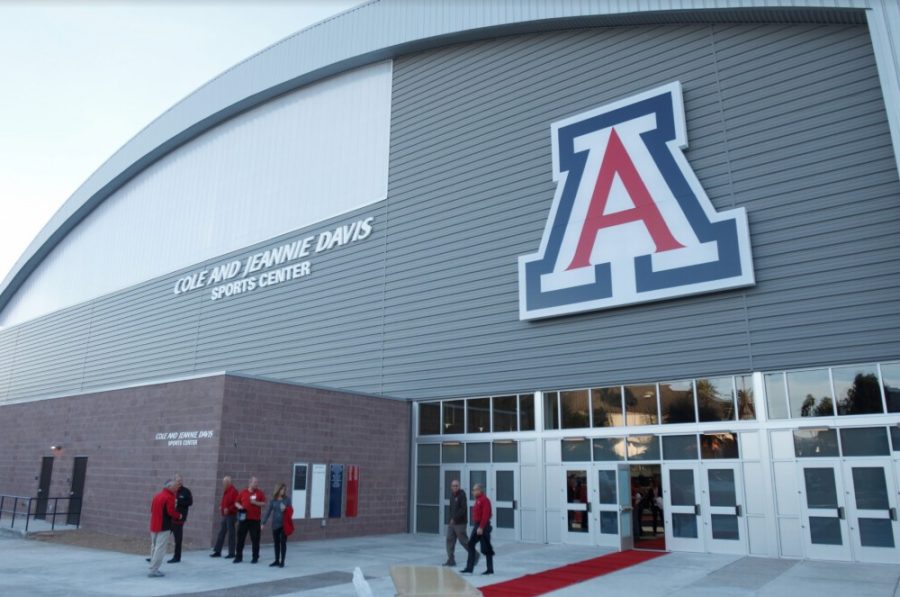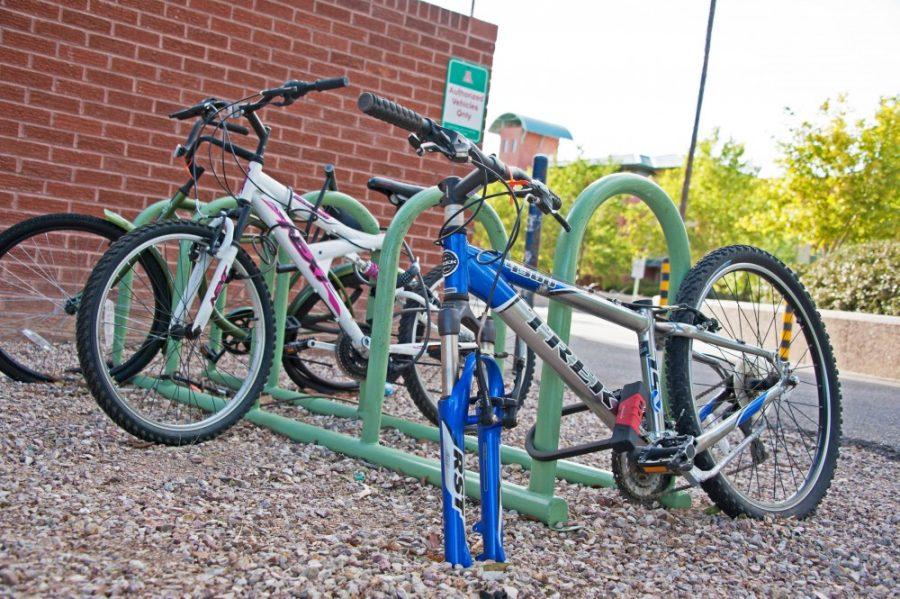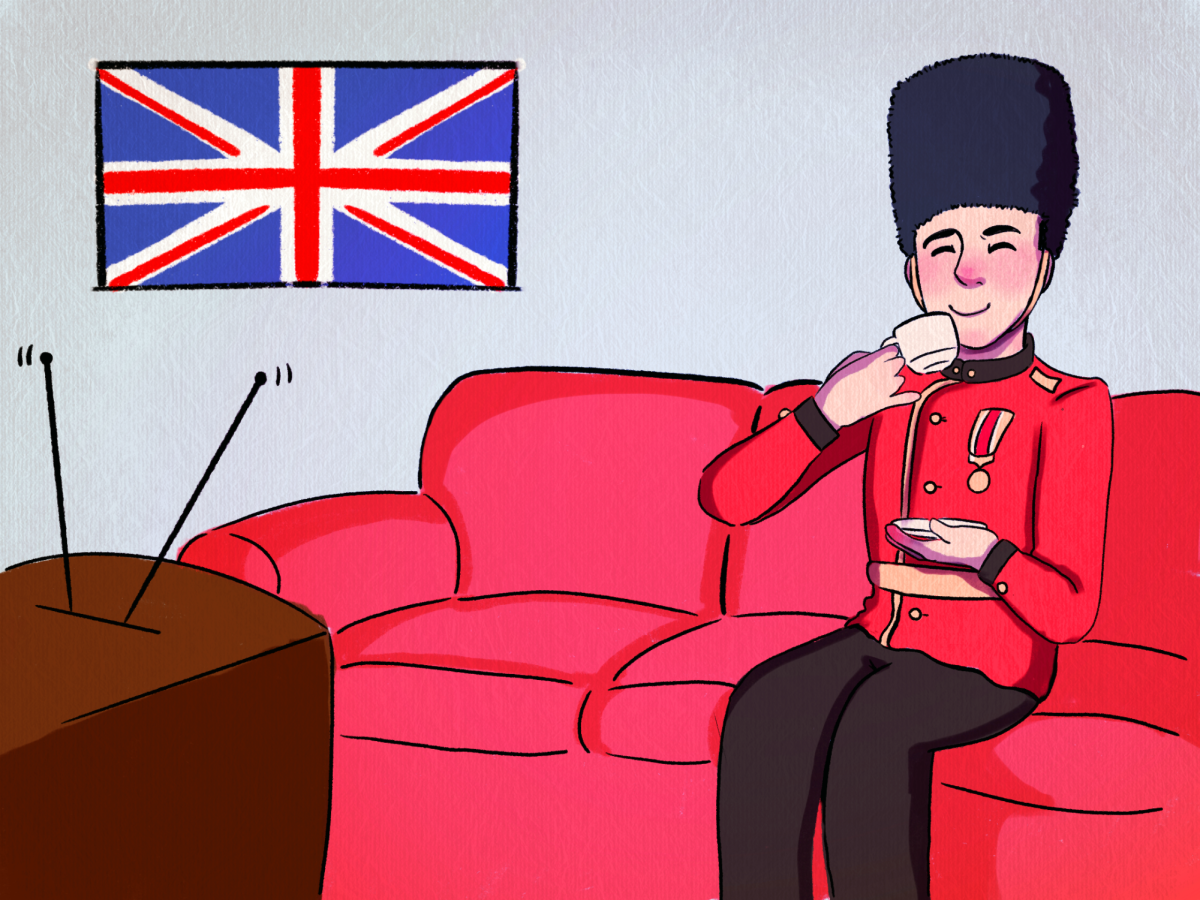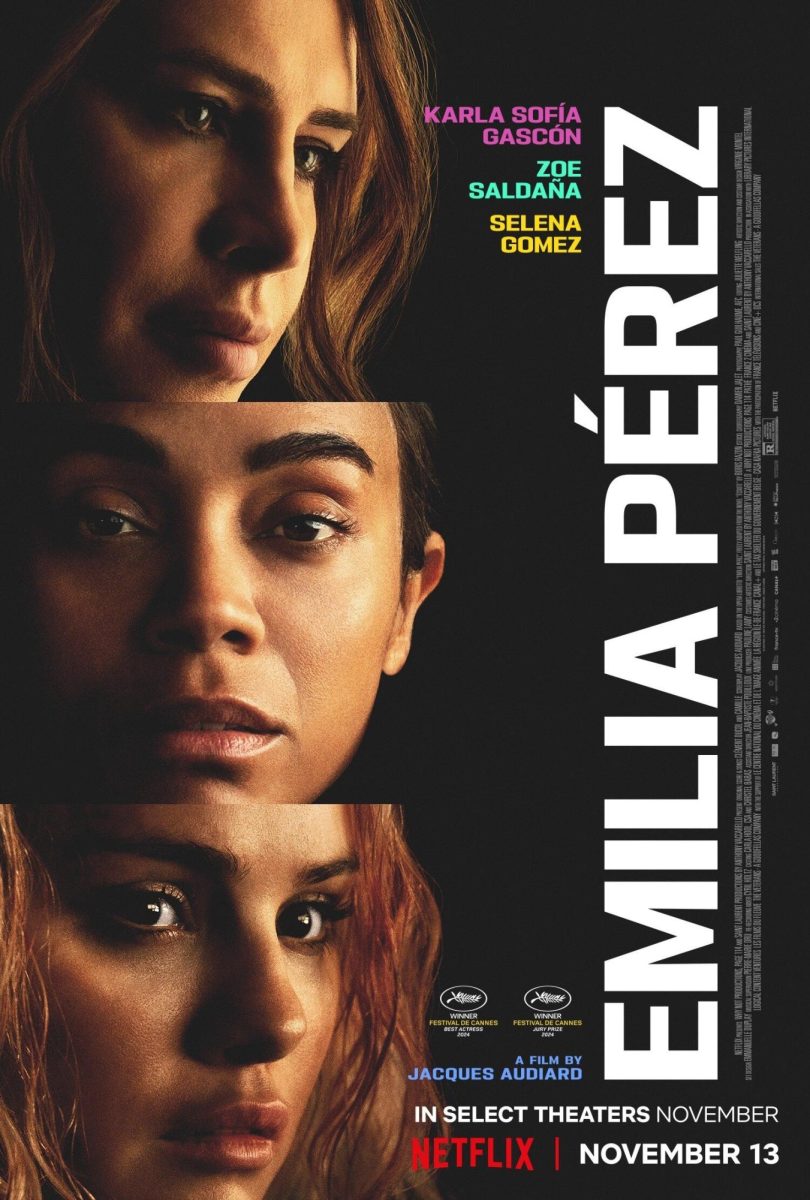On March 8, U.S. District Judge Claudia Wilken of Oakland ruled that the NCAA violated antitrust laws by restricting compensation of student athletes. Wilken ruled schools may offer additional compensation, as long as it is related to education.
Currently, “full-ride” NCAA scholarships cover costs such as tuition, room and board, class materials and even post-graduate education, an average value of $120,000, according to USA Today. After this ruling, universities will also be able to offer athletes education-related items (laptops, calculators, musical instruments, etc.) free of charge, though to the dismay of the plaintiffs, universities still may not offer non-educational items to student-athletes for free.
RELATED: OPINION: Get Vaccinated
The goal of the plaintiffs was to create a free market within the world of college sports. Their vision would have allowed universities to offer benefits to lure athletes to their institution over other institutions. The plaintiffs built their case on the belief the scholarship caps put into place by the NCAA were in violation of the Sherman Antitrust Act, an act put into place to ensure competitive markets and prevent interstate monopolies.
The plaintiffs found these unregulated free-market incentives necessary to improve the quality of life of student-athletes. Three former student-athletes told stories of being unable to gain part-time employment, as practice had taken most of their time. Because of this, many of them stated they struggled to buy food and clothes, given they had no income.
The NCAA attempted to defend its case by noting the status of student-athletes as amateurs. Judge Wilken responded by noting the NCAA does not clearly define “amateur,” and the current pay rules of the NCAA do not necessarily follow the normal guides of amateurism. This can be seen by the use of awards in the form of gift cards and other non-education related awards.
RELATED: OPINION: The truth, ideally, would be free. It’s not
The second claim made by the NCAA was that it believed the caps and restrictions helped athletes integrate with the rest of the student population. Wilken then noted the current regulations more than likely cause poor integration, given universities can spend money on “unregulated frills” at athlete-only facilities, a concept with which University of Arizona students should be most familiar.
The ruling made by Wilken based off the cases presented is just and reasonable. However, if we look at the numbers, student-athletes are not given a bad deal. The average male student in the United States earns $12,830 and the average female student earns $12,670 in scholarship funds (this figure does include student-athletes). Meanwhile, Division 1 athletes earn an average of $16,937 for men and an average of $17,654 for women. This is a $4,107 difference for men and $4,984 for women. If a student were to work 20 hours a week for $11 an hour for a total of 16 weeks (semester length), they would not be able to make up that difference as their income before taxes would only amount to $3,520. The student would also still have to pay for their books and other class materials and still be barred from the athlete-only facilities.
This is not to belittle the monetary problems student-athletes are faced with, as most college students are probably aware of the high cost of living and fees associated with attending university. Most university students are also probably aware they are making an investment to ensure a good job upon graduation, and, as of right now, they may have to live frugally. In-state university tuitions have risen 243 percent since 1998, and a four-year degree is very important in today’s job market; it is an extremely expensive necessity for some.
Rather than combating the NCAA by creating an overpriced bidding war for student-athletes and draining university funds in the process, we must pursue options that lower university expenses to lower tuitions. This way, scholarships will be less costly for universities and also private parties. Perhaps universities will adopt “for educational purposes only” budget restrictions to help get this process started.
Follow the Daily Wildcat on Twitter









